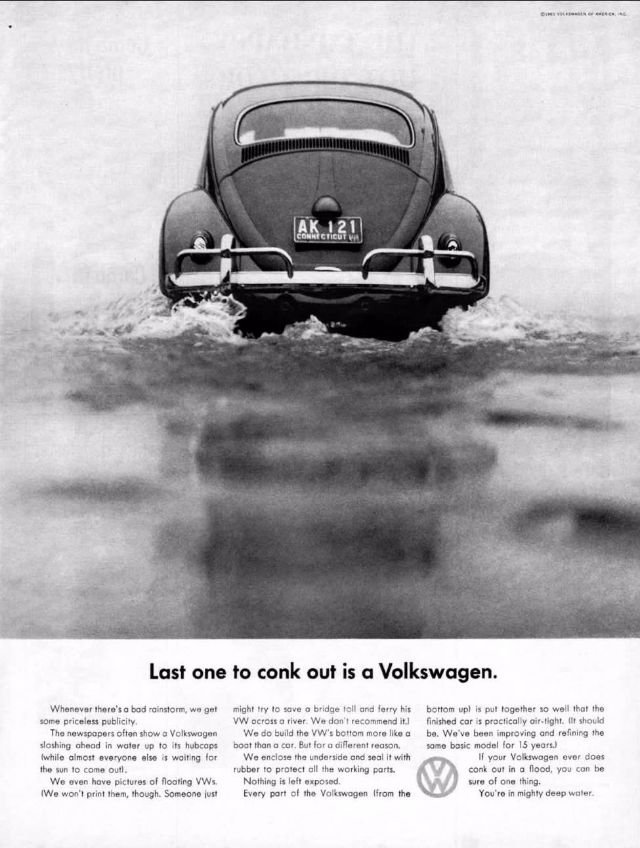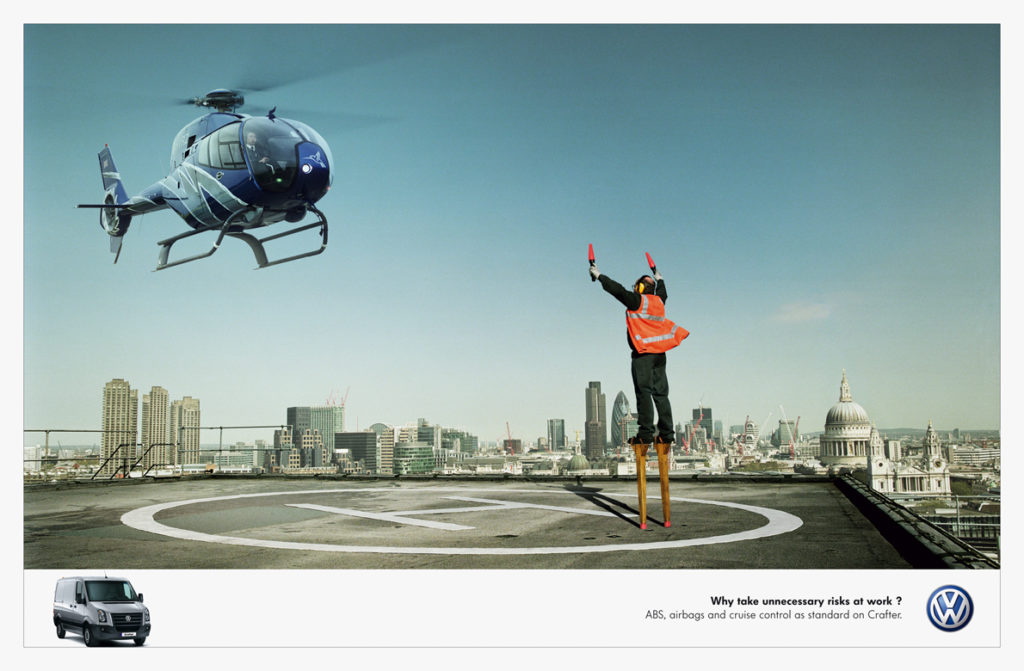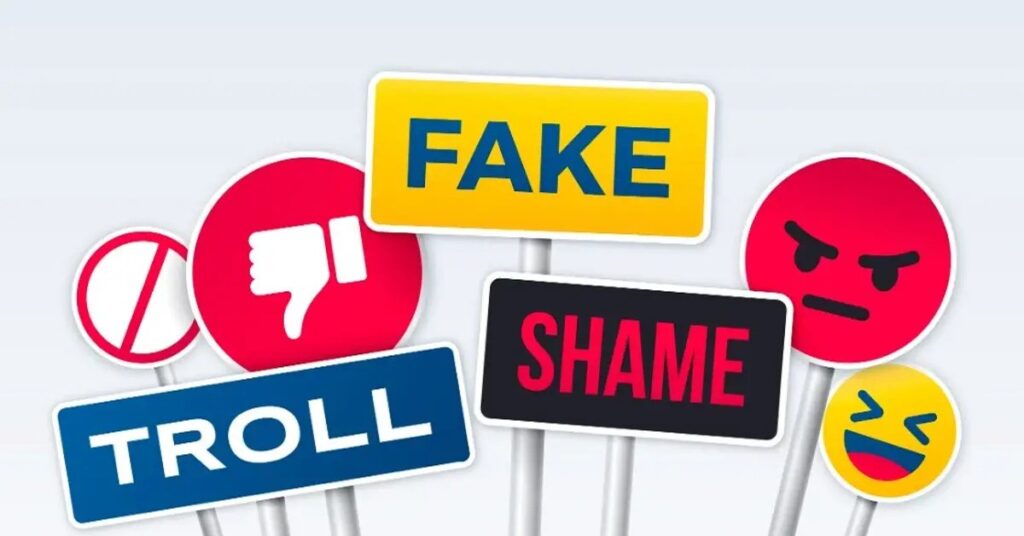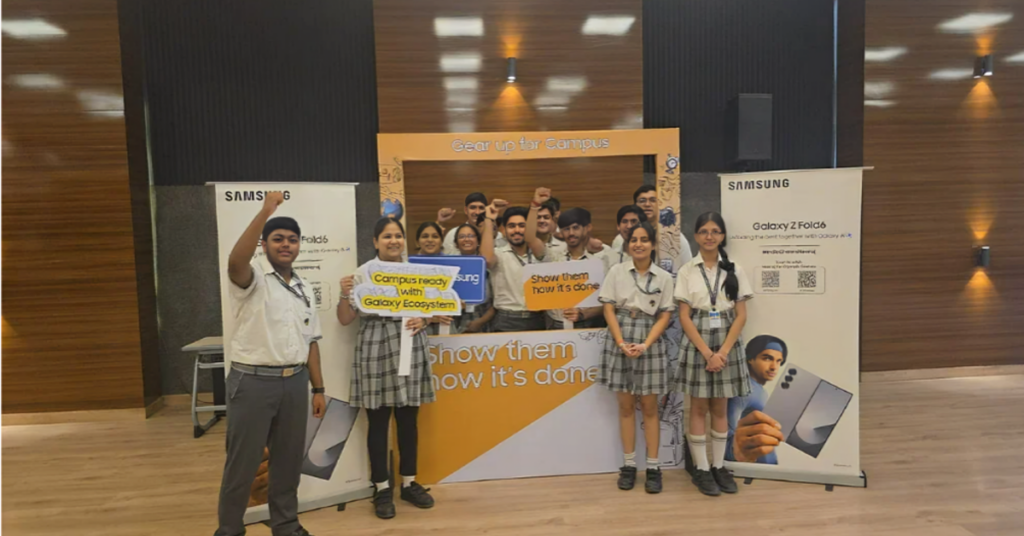Origin of the Volkswagen Brand
Volkswagen was founded by the order of Adolf Hitler in Stuttgart in 1938 with a strong notion to build an automotive market for the golden middle class.
During the Paris Motor Show where the company put forward the ‘Volkswagen ID concept,’ the idea was to drift towards creating an emotional brand strategy with the tag line ‘Think New’ and it was intended for the relaunch of VW one year after the ‘Dieselgate’ scandal. During the event, the most important released statements included- “We want to stay warm and close to our customers. We might be making a breakthrough with technology, but we won’t become a cold and technical brand”.
The latest brand strategy focuses on clear brand positioning across all areas and segments, backed by significant improvements in efficiency and productivity. The company will be making huge investments in e-mobility and connectivity, therefore ensuring a safe and secure future which will lay the foundation for Volkswagen’s brand voyage.
“Volkswagen: Moving People Forward”

[quote]During ‘Transform 2025+’ Volkswagen presented its strategy for the next decade where the Volkswagen’s Brand Chief Herbert Heiss mentioned ‘we want to create a new VW which will be prone to consistent restructuring and repositioning’.[/quote]
Return to a sustainable, profitable growth was the core intention of the program and the operating margin is expected to rise to 6% by 2025. The multi-billion euro investments will lead the company to become the world market leader in e-mobility by 2025, intending to play a key role in shaping the major transformation in the industry expected after 2025.
The Brand New Plan
The transformation is planned to be carried over 3 major phases and they are:-
Volkswagen aims for global “top of volume” position
In future, Volkswagen aims to achieve this position throughout the world through a realignment of product strategy – with an SUV offensive in the first stage and the electrification wave in the second stage. A further element of the new strategy is a uniform global brand system with a new design concept.
E-mobility offensive
In future, e-mobility will be part of the Volkswagen brand core. “From 2020, we will be launching our major e-mobility offensive. As a volume manufacturer, we intend to play a key role in the breakthrough of the electric car,” said the brand CEO.
The e-mobility offensive is to be financed by a number of measures including the discontinuation of certain low-volume, low-earnings conventional models and model variants. This will release funds in excess of €2.5 billion for e-mobility.
A leading role in connectivity
The brand will develop its own digital platform. By adopting this approach, Volkswagen will be moving closer to its customers on the one hand and developing new earnings potential with a comprehensive range of services on the other hand. By 2025, Volkswagen expects to have about 80 million active users throughout the world.
Turnaround for the regions
In North America, Volkswagen intends to evolve from a niche supplier into a relevant and profitable volume producer. Diess: “We will be significantly stepping up our activities in the USA. The main focus will be on the key segments in the country, large SUVs and limousines.” Source
*Phase 1 (up to 2020)
The Volkswagen brand will be entirely restructuring its core business and transforming the entire value system. The company will develop new competencies.
*Phase 2 (up to 2025)
Intends to take lead in e-mobility on the basis of its regained strength as a leading, profitable volume manufacturing brand.
*Phase 3 (after 2025)
To achieve a leading told in the new world of mobility by 2030

Volkswagen’s strategy is also reflected in similar brands such as Tesla and Toyota in terms of their respective brand strategies. Here’s a glimpse of their brand strategies.
Tesla is a luxury American automaker (electric vehicles), energy storage company and solar panel manufacturer based in California. It gained credibility in 2013 while intending on changing the previous business models within the automotive industry by selling directly to consumers.
Toyota is the world’s largest automaker which unveiled a part of its latest digital strategy- ‘ to guarantee the safety of the customers the manufacturer must be the platform provider’ said the President of Toyota. Toyota is developing a platform named ‘Mobility Service Platform’ (MSPF) where the Android and iPhones can be beamed ‘picture only’ onto the car’s screen via Ford developed Smart Device Link, but the real apps will be written by Toyota or supplied by 3rd parties writing to a Toyota-supplied application program interface or API.
Both Toyota and Volkswagen are developing their own interface and not willing to obtain it from tech giant companies like Google or Apple. Volkswagen is also developing a commercial vehicle cloud based IoT platform called RIO (in support with HERE-an open location platform company) where the digital operating system of all VW’s commercial vehicle brands will be implemented.
https://youtube.com/watch?v=mny1O4BPcoc



